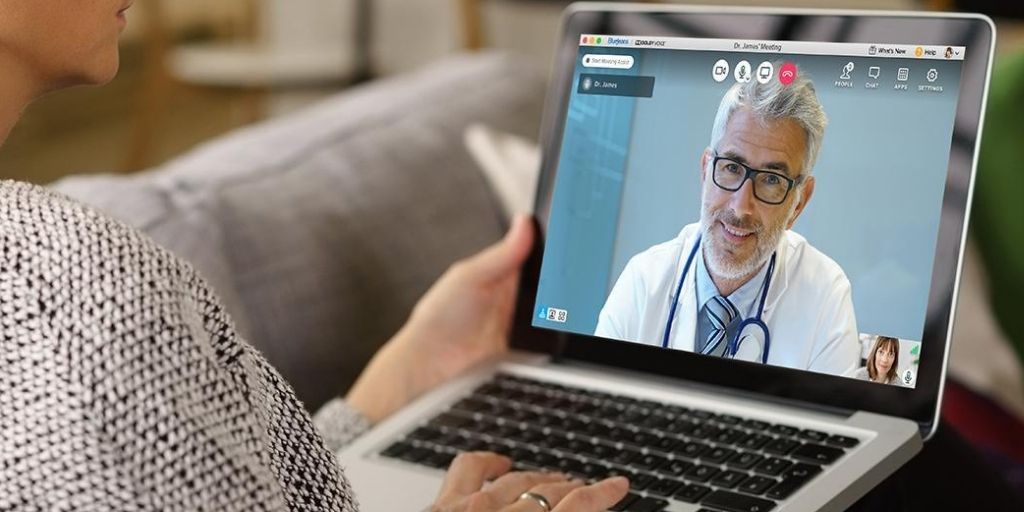
As healthcare providers look for new and efficient ways of working through and beyond the pandemic, there are 3 key factors that need to remain at the forefront of the decision-making process:
- Continuing to improve patient care
- Provider efficiency
- Reducing costs
In order to continue offering improved patient care whilst navigating our way through a pandemic, a few core technologies have been working closely together to deliver a service that will take healthcare to the next level. This digital transformation involves Electronic Medical Records and Video Conferencing that is secure and preserves privacy.
Telehealth
Video communications in a healthcare setting is also known as telehealth, which includes tele-hospital, tele-clinic, and tele-home. The Health Resources Services Administration defines telehealth as “the use of electronic information and telecommunications technologies to support long-distance clinical health care, patient and professional health-related education, public health and health administration.”
Key to digital transformation
With the UK government providing £32 million in funding for pioneering health tech initiatives, there has been and continues to be a massive uptake in the adoption and development of telehealth applications.
There have been numerous technological advances that have made it easier for both patients and providers to make the shift from in person to virtual appointments over video conference. Secure cloud video conferencing now offers the highest levels of security and privacy whilst interoperability offers integration with major healthcare systems. Telehealth is now being used for virtual/remote care by connecting patients with healthcare professionals via live interactive video and to monitor multiple patients in ICU units and Acute Care. Telehealth is connecting first responders, emergency and urgent care professionals as well as being used to deliver vital teaching and training to medical school students and at teaching hospitals. Telehealth is being used to enhance daily operations for hospital administration staff and departments as well as improve communication in the community.
Telehealth benefits
Even before the pandemic, in a world with an increasing aging population, and prevalence of chronic diseases, the shift from in person to video communications is one of the major digital developments transforming the UK healthcare sector today. Revolutionizing how healthcare is delivered and making it more accessible to every demographic via technology is:
- Helping to reduce waiting times
- Improving patient care
- Saving time and money
- Improving medical training
- Helping patients stay connected with loved ones
The future of healthcare
Soon, telehealth will be delivered over secure cloud-based video conferencing services where patient information will be automatically captured using telehealth devices like apps and sensors. Patients will continue to self-monitor their health and send results electronically. Doctors will be able to react to data without the need to always see patients during office visits. Patients will be seen using video communications from the comfort of their own homes.
If you would like to view the White Paper entitled “Transforming Healthcare with Video Communications” by: S. Ann Earon, Ph.D., President Telemanagement Resources International Inc. (TRI), please CLICK HERE.











